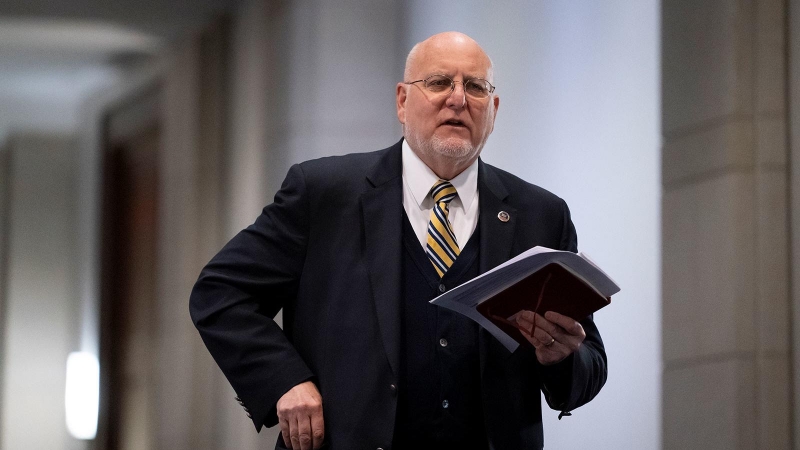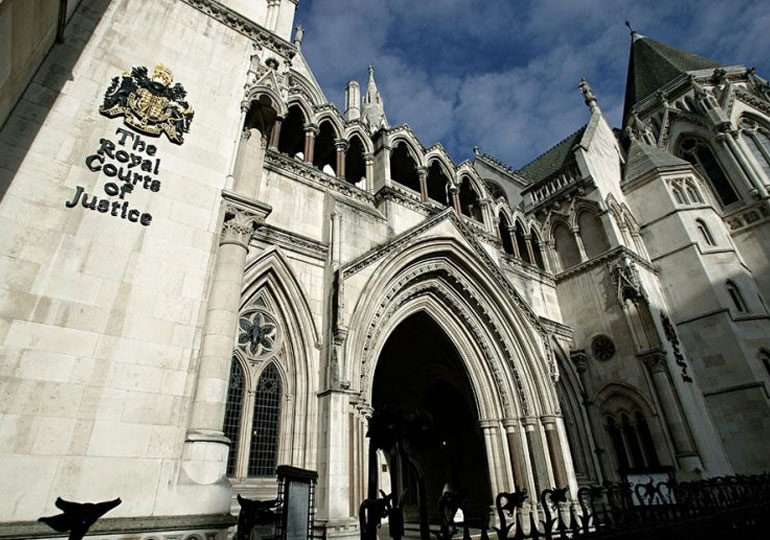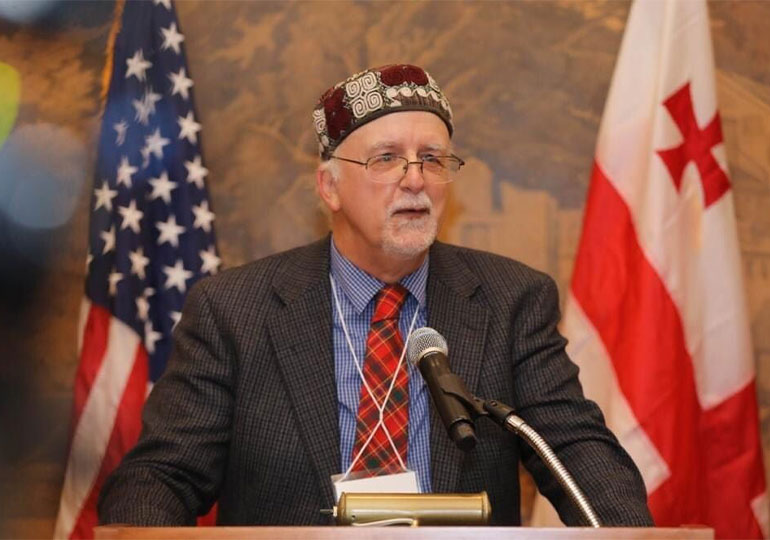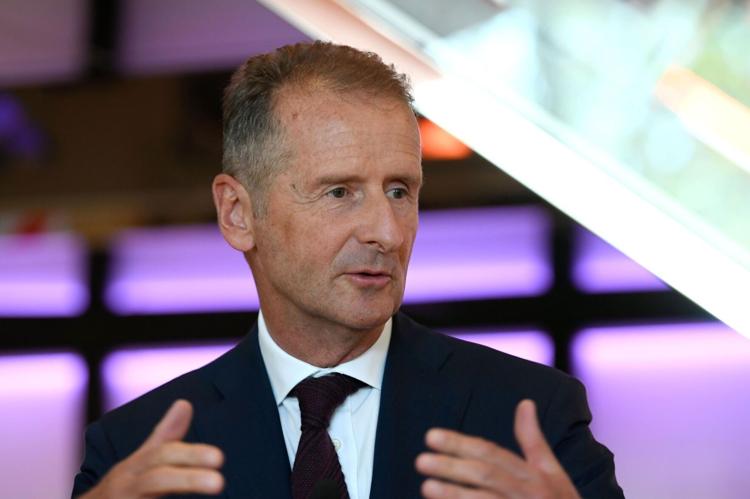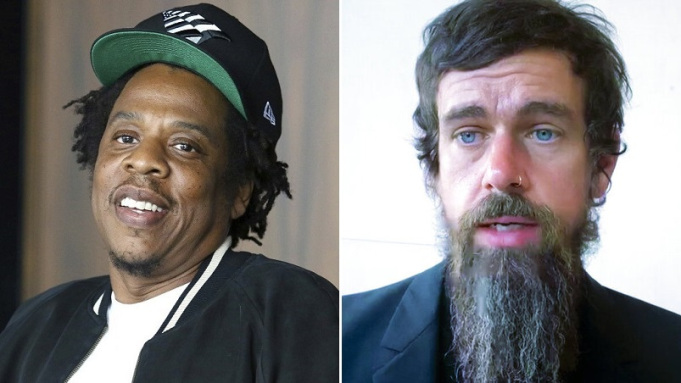A second coronavirus outbreak could emerge this winter in conjunction with the flu season to make for an even more dire health crisis, the director of the Centers for Disease Control and Prevention told The Washington Post in an interview.
“There’s a possibility that the assault of the virus on our nation next winter will actually be even more difficult than the one we just went through,” CDC Director Robert Redfield said in a story published Tuesday. “And when I’ve said this to others, they kind of put their head back, they don’t understand what I mean.”
“We’re going to have the flu epidemic and the coronavirus epidemic at the same time,” he added, predicting a dual assault on the health care system.
While there are shots to help prevent the flue and drugs to help treat it — unlike with the novel coronavirus, which still has no approved treatment or vaccine — it remains a deadly infection.
The flu season has been underway since September, and while flu activity now is considered low, the season has seen a high number of hospitalizations and infections, killing at least 168 children, according to the CDC. Last year, the flu killed at least 34,200 Americans, according to the CDC, and made an estimated 35.5 million people sick.
To have both the flu and the coronavirus circulating at the same time could overwhelm hospitals and doctors’ offices that are already stretched thin in a bad flu season.
White House coronavirus task force coordinator Dr. Deborah Birx was asked during Tuesday’s news briefing about Redfield’s comments and how such a confluence of coronavirus and the seasonal flu could affect plans to reopen the country.
“We were very clear in the guidelines that we believe we can monitor, again, monitor communities at the community level by using the influenza-like illness,” she said, adding that they are working to build testing capacity and it’s important to “have testing in place.”
Pressed again on whether she thinks a second wave could be worse, Birx said, “I don’t know if it will be worse, I think this has been pretty bad. When you see what happened in New York, that was very bad. I believe that we’ll have early warning signals both from our surveillance that we’ve been talking about in these vulnerable populations. We’re going to continue that surveillance from now all the way through to be able to give us that early warning signal.”
Redfield’s comments come as several governors look to partially reopen their states’ economies by loosening some restrictions aimed at limiting the spread of the virus — despite concerns of subsequent increases in coronavirus cases.
Protesters have come out in multiple states against governors’ orders that largely adhere to federal guidelines, and President Donald Trump has encouraged them to “LIBERATE” their states in tweets.
When asked about the protests and the subsequent calls to open states earlier, Redfield said that “it’s not helpful.”
While Trump unveiled guidance last week to help states loosen their social distancing restrictions, Redfield called for state officials to spend the next few months preparing for the next phase by continuing to tout social distancing and scaling up testing and contact tracing.
Looking ahead, Redfield cited the need for a preventative campaign to emphasize the importance of flu shots to reduce flu hospitalizations. He said that getting a flu vaccine “may allow there to be a hospital bed available for your mother or grandmother that may get coronavirus.”
